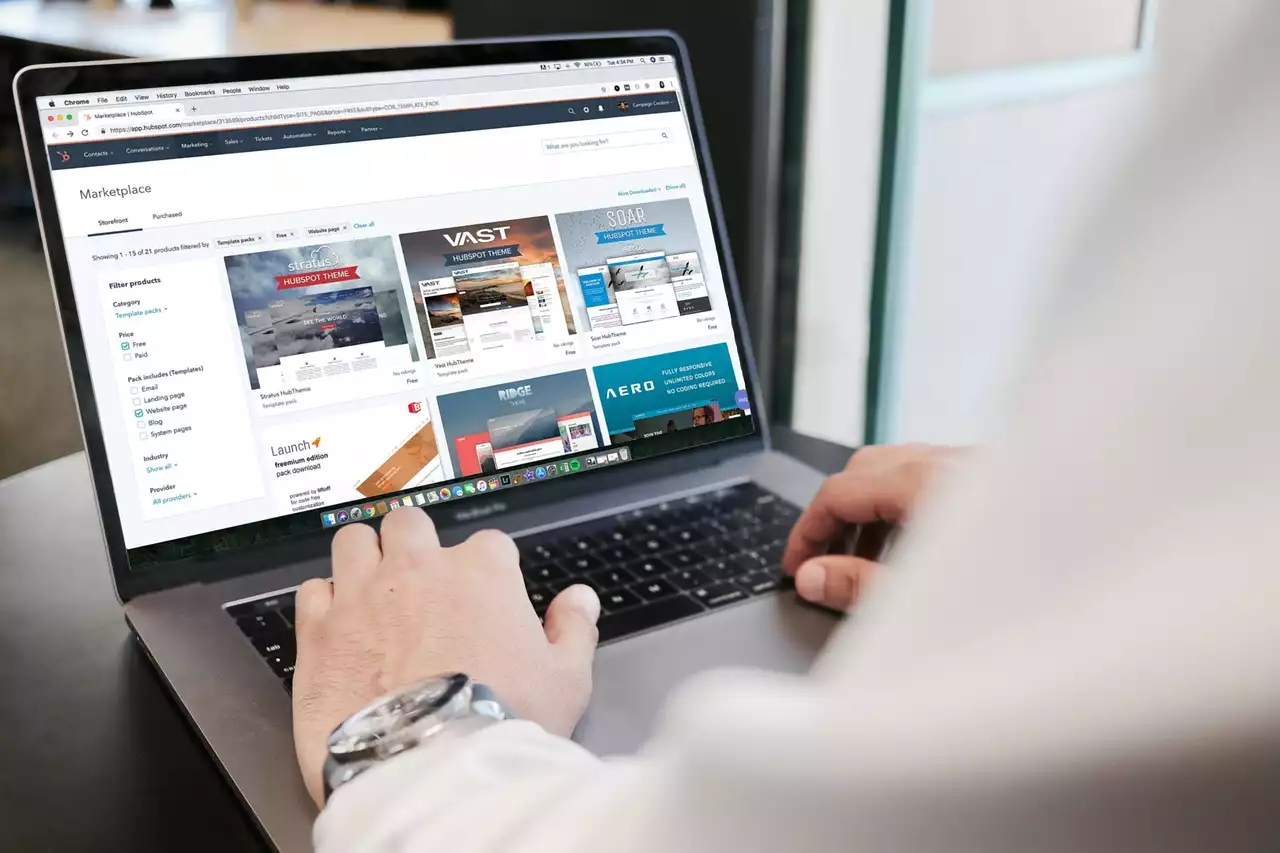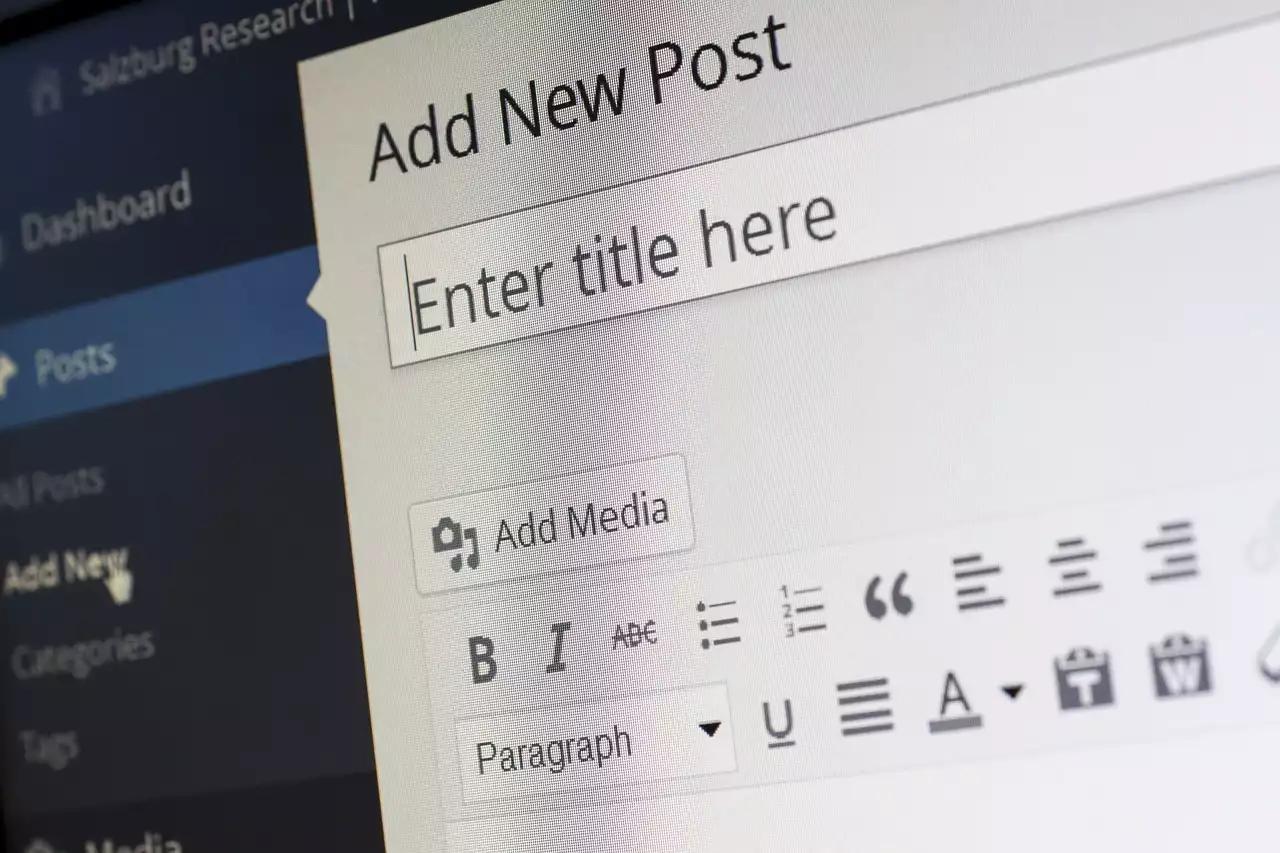Benefits of Customizing a CMS
Customizing a CMS offers several benefits to businesses. Here are some of the notable benefits:
Improved Efficiency
Customizing a CMS means that businesses can remove features that they do not need, making it more efficient. They can also add features that will help increase productivity, such as automation tools and collaboration features.
Enhanced Security
Customizing a CMS means that businesses can add security features to their CMS, making it more secure. They can also remove features that may be vulnerable to attacks, reducing the risk of cyber threats.
Tailored to Specific Business Needs
Customizing a CMS means that businesses can tailor the CMS to their specific needs. They can add features that will help them achieve their business goals and remove features that are not necessary.
Cost-Effective
Customizing a CMS means that businesses can save money by only paying for the features that they need. They can also avoid paying for expensive third-party tools that they may not need.
Understanding Your Business Needs
Before customizing a CMS, businesses need to understand their specific needs. They need to know what their business goals are and how the CMS can help them achieve those goals. They should also consider their budget, the size of their business, and their target audience. Here are some of the key factors to consider:
Business Goals
Businesses need to identify their business goals and how the CMS can help them achieve those goals. For example, if the goal is to increase sales, they may need a CMS with a robust e-commerce platform.
Budget
Businesses need to consider their budget when selecting a CMS for customization. Customizing a CMS can be expensive, so they need to ensure that they can afford it.
Business Size
The size of the business can also influence the choice of CMS. Smaller businesses may need a more straightforward CMS, while larger businesses may require a more robust and scalable CMS.
Target Audience
The CMS should also be tailored to the target audience. For example, if the target audience is tech-savvy, businesses may need a CMS with advanced features.
Choosing the Right CMS for Customization
Once businesses have identified their specific needs, they need to choose the right CMS for customization. There are many CMS options available, and businesses need to consider factors such as cost, features, and scalability. Here are some of the essential factors to consider when selecting a CMS:
Cost
Businesses need to consider the cost of the CMS, including the cost of customization. They should choose a CMS that is affordable and provides value for money.
Features
The CMS should have the features that the business needs. Businesses should look for a CMS that provides flexibility and customization options.
Scalability
The CMS should be scalable so that it can grow with the business. Businesses should choose a CMS that can handle their future needs.
User-Friendly
The CMS should be user-friendly, allowing businesses to make changes quickly and easily. It should have a simple and intuitive interface.
Customizing Your CMS - Top 7 Tips
Customizing a CMS can be a complex process, and businesses need to ensure that they do it correctly. Here are the top seven tips for customizing a CMS:
1. Customize the Design
Customizing the design is essential for branding and user experience. Businesses should customize the CMS design to match their branding and create a consistent look and feel across all pages.
2. Customize the Navigation
Customizing the navigation can improve user experience and make it easier for users to find what they need. Businesses should ensure that the navigation is intuitive and easy to use.
3. Customize the Content Types
Customizing the content types can help businesses organize their content better. They can create custom fields and taxonomies that are specific to their business needs.
4. Customize the Workflow
Customizing the workflow can help businesses streamline their content creation process. They can create custom workflows that ensure that content is reviewed and approved before publication.
5. Customize the User Roles
Customizing user roles can help businesses control access to the CMS. They can create custom user roles that have specific permissions based on their job responsibilities.
6. Customize the Search Functionality
Customizing the search functionality can improve the user experience by making it easier for users to find what they need. Businesses can add custom search filters and search algorithms.
7. Customize the Analytics
Customizing the analytics can help businesses track their website's performance and measure the effectiveness of their digital marketing efforts. They can add custom analytics tools and reports.
Testing and Optimizing Your Customized CMS
Once businesses have customized their CMS, they need to test it thoroughly to ensure that it works correctly. They should also optimize it to improve its performance. Here are some tips for testing and optimizing your customized CMS:
Test Your CMS
Businesses should test their CMS thoroughly to ensure that it works correctly. They should test it on different devices and browsers and ensure that all features are working correctly.
Optimize Your CMS
Businesses should optimize their CMS to improve its performance. They can do this by optimizing images, compressing files, and caching data.
Monitor Your CMS
Businesses should monitor their CMS regularly to ensure that it is performing well. They should monitor website traffic, page load times, and other performance metrics.
Utilizing Support and Maintenance Services
Customizing a CMS can be a complex process, and businesses may need help from experts. They should consider utilizing support and maintenance services to ensure that their CMS is always up to date and functioning correctly. Here are some of the support and maintenance services that businesses can utilize:
Technical Support
Businesses can utilize technical support services to get help with any technical issues that they may encounter. They can get assistance with software updates, bug fixes, and other technical issues.
Maintenance Services
Businesses can utilize maintenance services to ensure that their CMS is always up to date and functioning correctly. They can get assistance with software updates, security patches, and other maintenance tasks.
Case Studies of Successful CMS Customization
Customizing a CMS can be challenging, but it can also be highly rewarding. Here are some case studies of successful CMS customization:
Case Study 1: Company A
Company A needed a CMS that could handle multiple languages and support their e-commerce platform. They customized their CMS by adding custom fields for product descriptions and translating the content into multiple languages. They also added a custom e-commerce platform that integrated with their existing payment gateway. As a result, their website traffic increased by 50%, and their sales increased by 25%.
Case Study 2: Company B
Company B needed a CMS that could handle their complex workflow and collaboration needs. They customized their CMS by creating custom workflows for content creation and approval. They also added collaboration features that allowed team members to work together on content creation. As a result, their content creation process became more efficient, and they were able to publish more content in less time.
Future-Proofing Your CMS
Customizing a CMS is a long-term investment, and businesses need to ensure that their CMS is future-proof. Here are some tips for future-proofing your CMS:
Choose a Scalable CMS
Businesses should choose a CMS that is scalable so that it can grow with their business. They should also ensure that the CMS is flexible and can adapt to changing business needs.
Stay Up to Date
Businesses should stay up to date with the latest CMS updates and security patches. They should also keep their CMS plugins and themes up to date to ensure that they are compatible with the latest version.
Backup Your Data
Businesses should regularly backup their CMS data to ensure that they do not lose any critical data in case of a cyber-attack or system failure.






.png?size=50)


